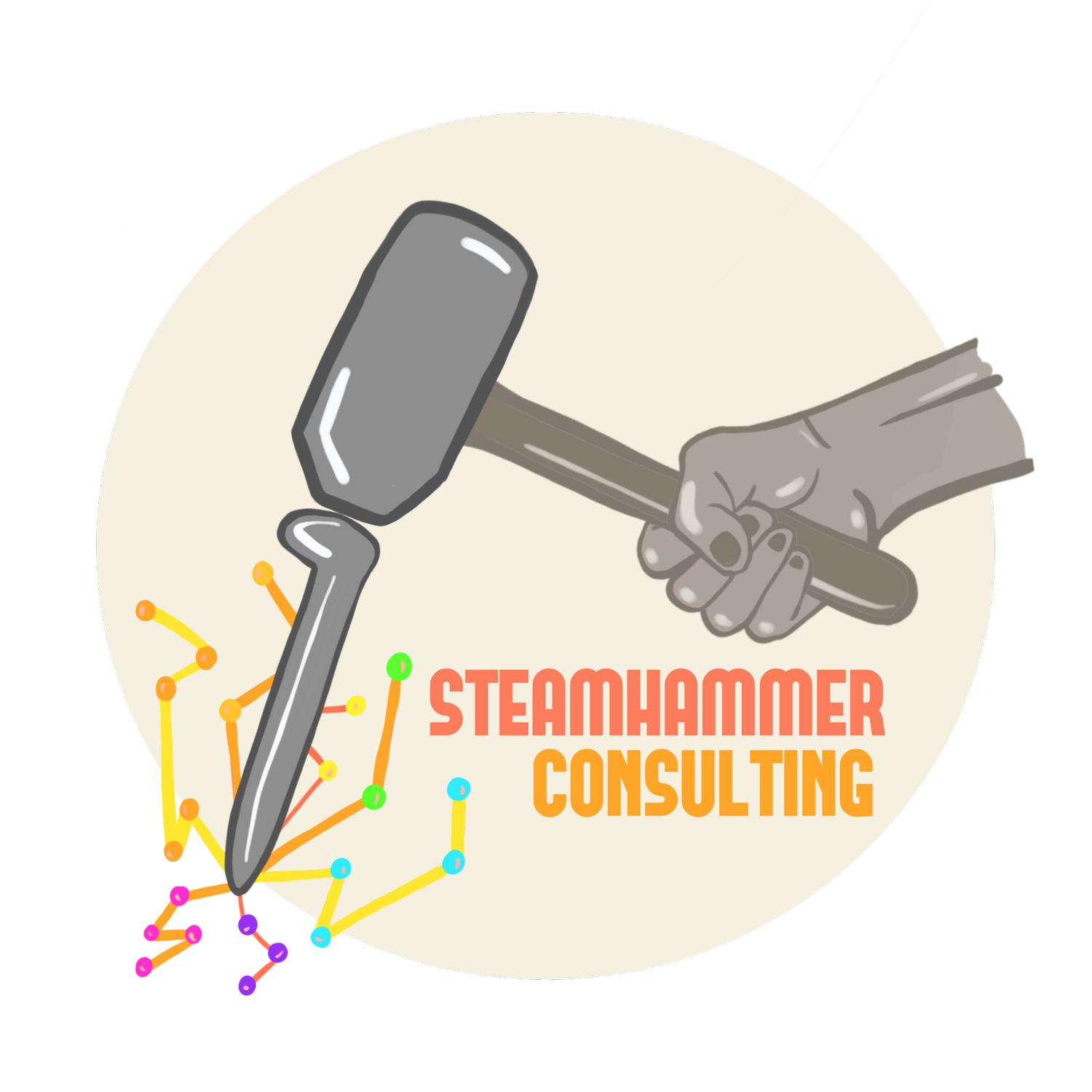Maximizing Cash Flow: Operational Effectiveness in Bulk Distribution
It doesn’t matter if the cost of supply is at an all-time high or fluctuating wildly, the impact of excess inventory and inefficient operations can be crippling to cash flow. While it is obvious that inventory costs money, most companies are not aggressively seeking to exert control and carry fewer overall gallons. The same holds true for operational efficiency. There are transportation savings to be had from the company fleet or from outsourced carriers. These savings will flow directly to the bottom line, enhancing positive cash flow. In order to achieve the desired results we must provide the proper tools to operations and stop asking them to try and keep up with an increasingly complex operating environment.
Inventory Management
Many companies have invested heavily in tank monitors and telemetry in order to track inventory levels for their customers. As an unanticipated consequence, these companies can actually become less efficient because they either can’t keep up with the information overload from so many data points, or they effectively become slaves to the low stock alarm. In either case, effectiveness suffers and costs rise. More than simple visibility is needed for effective inventory management. Companies need to be thinking in terms of carrying the least amount of inventory possible while still being able to serve the customer. Doing this requires more than aggregating data from telemetry readings. It requires a robust system able to track inventory levels over time and predict usage rates into the future. It is this demand forecasting capability that allows financially savvy companies to drive down their stock levels, thereby increasing cash flow, in both bulk plant and retail operations.
Combining demand forecasting with integrated order generation can further enhance the bottom line by freeing up resources and eliminating a source of data input errors. At this level, operations personnel can now start managing by exception when it comes to determining who gets serviced each day. When you consider everything that we ask dispatchers and operations managers to maintain, this is no small thing. Every minute that we relieve from operations management in the form of task work is a minute that can be used to make operations more efficient. We can extend this theme even further when we add route planning and dispatch to the discussion.
Delivery Management
We’ve spoken to hundreds of companies across the country. Nearly every one of them had been taking a “seat of the pants” approach to some of their most critical daily decisions. There is very little in the way of decision support for processes ranging from supply point selection, compartment utilization, or delivery planning. (We have seen companies knock ten percent off their delivery miles through better compartment utilization alone.) As in the inventory example, we are asking our operations personnel to keep track of too many things, and we are not supporting them with systems designed to automate these tasks. Something as seemingly mundane as building routes each day actually requires a high degree of sophistication to even get close to a good plan. There are simply more possible combinations than a human mind can handle. Even a fleet of less than ten trucks can have more than ten trillion possible combination choices every day. Most companies would like their dispatchers to consider those trillions of possibilities while simultaneously trying to determine which supply points make the most sense when considering available inventory, allocations, and pricing. No one is that good, and even the best dispatcher has to limit the scope of what he or she will consider for a given day.
Just moving from a paper based process to manipulating orders and trucks on a screen will not improve operations in any appreciable way. In order to truly impact cash flow a system is needed that can automate the planning process and optimize the delivery plan to achieve the lowest total operating cost. Factors that need to be included are driver pay, asset costs, compartment utilization, delivery windows, and supply sourcing. With this system in place your operations staff will be freed up to actually manage people, resulting in a further increase in productivity.
Leveraging optimization experts that specialize in enabling operational effectiveness can jump start the improvements and provide guidance to assure optimal returns on your improvement efforts. Keep in mind what you are asking from operations, and look for ways to streamline their workflow. It will pay dividends every time.
